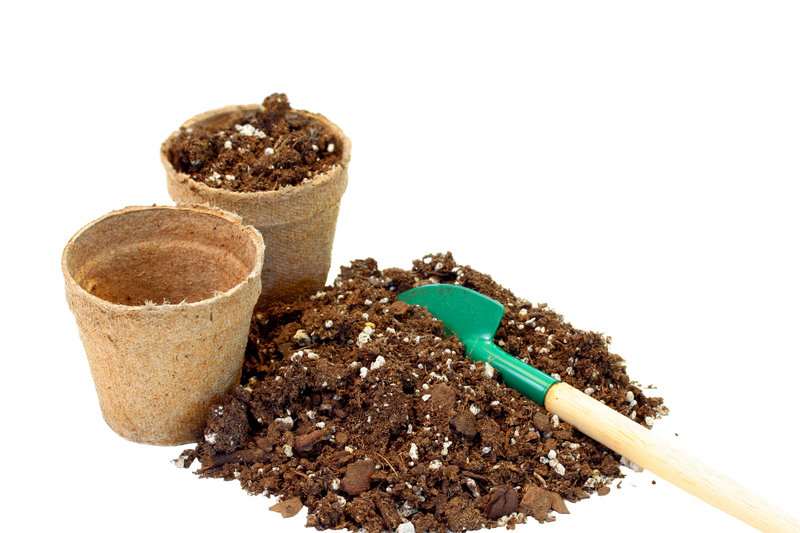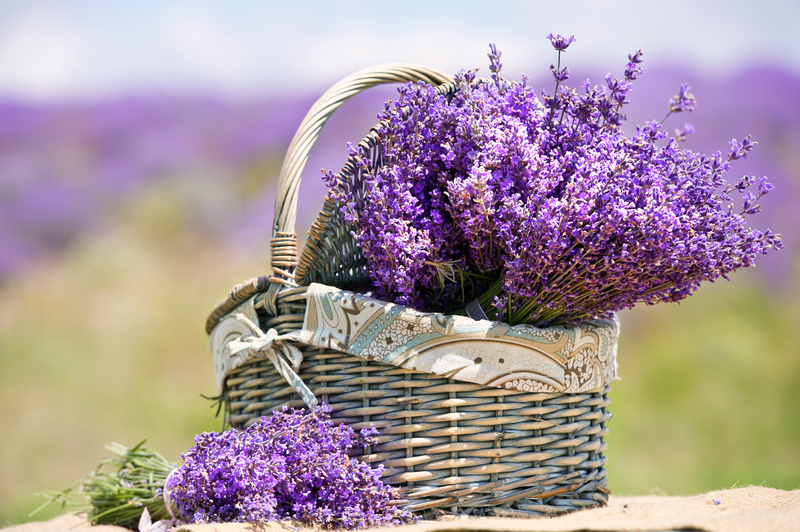Features of Effective Lawn Treatment Plans
Posted on 04/05/2025
A well-manicured lawn is more than just an aesthetic asset for your property; it is a reflection of meticulous care and attention to detail. Achieving a lush, green lawn takes more than just mowing and watering. To enjoy a healthy and vibrant lawn, implementing an effective lawn treatment plan is crucial. This article will delve into the essential features of such a plan, providing comprehensive insights that can make your lawn the envy of the neighborhood.
Understanding Your Lawn's Specific Needs
Before diving into any treatment plan, it's vital to understand the specific needs of your lawn. Different grass types, soil conditions, and climates require tailored care. An assessment will help identify the types of grass you have, whether it's cool-season or warm-season varieties, and the soil type - clay, loam, or sandy.
Soil testing is integral to this process. You can obtain a soil testing kit from gardening stores or consult a local extension service. The results will tell you the pH level, nutrient content, and organic matter in your soil. This information will guide your treatment plan, helping you decide on the type and amount of fertilizer to use.

The Role of Fertilization in Lawn Health
Fertilization is arguably the backbone of any effective lawn treatment plan. It provides essential nutrients that grass needs to grow strong and resilient. Key nutrients include Nitrogen (N), Phosphorus (P), and Potassium (K), often referred to as N-P-K.
1. Nitrogen: Promotes lush, green growth
2. Phosphorus: Supports root development and flower production
3. Potassium: Enhances overall plant health and disease resistance
The timing and frequency of fertilization are just as important as the type of fertilizer used. For cool-season grasses, fall and spring are ideal times for fertilization, while warm-season grasses benefit most from late spring through summer applications.
Importance of Proper Watering Techniques
Watering is a critical component of lawn care, but overwatering or underwatering can be detrimental. An effective lawn treatment plan includes well-timed and properly measured watering sessions. Generally, lawns need about 1 to 1.5 inches of water per week, including rainfall.
Early morning watering is advisable because it minimizes evaporation and allows the grass to dry out during the day, reducing the risk of fungal diseases. Installing an efficient irrigation system can help achieve consistent watering, ensuring your lawn gets the right amount of moisture without waste.
Weed Control: Maintaining Lawn Integrity
Weeds are the bane of lawn enthusiasts. They compete with grass for nutrients, water, and light, and can quickly overwhelm a lawn if not controlled. Incorporating a robust weed control strategy into your lawn treatment plan is essential for maintaining lawn integrity.
Pre-emergent herbicides can be applied in early spring to prevent weed seeds from germinating. Post-emergent herbicides are useful for tackling weeds that have already established themselves. Manual weeding, although labor-intensive, is effective for smaller infestations and environmentally friendly.
Aeration and Overseeding for Enhanced Growth
Aeration and overseeding are lesser-known but highly effective practices in lawn care. Aeration involves perforating the soil with small holes to allow air, water, and nutrients to penetrate down to the grass roots. This process alleviates soil compaction, promoting healthier root development.
Overseeding is the practice of spreading grass seed over an existing lawn. This helps to fill in thin or bare spots, improve lawn density, and enhance its overall appearance. The best time for aeration and overseeding depends on your grass type - cool-season grasses benefit most from fall aeration and overseeding, while warm-season grasses thrive with spring treatments.

Pest Management for a Healthy Lawn
Pests can wreak havoc on your lawn, causing brown patches, thinning, and even plant death. An effective lawn treatment plan should include pest management strategies to nip problems in the bud.
Integrated Pest Management (IPM) is a sustainable approach that combines biological, cultural, mechanical, and chemical methods to control pests. This strategy minimizes the use of harmful chemicals, promotes natural predators, and encourages practices that make your lawn less attractive to pests.
Regular monitoring for signs of pest activity, such as chewed leaves or tunnels in the grass, is crucial. Early detection can prevent small issues from escalating into major problems.
Conclusion: Customizing Your Lawn Treatment Plan
An effective lawn treatment plan is not a one-size-fits-all solution. It requires a combination of understanding your lawn's specific needs, proper fertilization, appropriate watering, effective weed and pest control, and techniques like aeration and overseeding. By customizing these elements to suit your particular lawn conditions, you can achieve a beautiful, healthy lawn that is resistant to weeds, pests, and environmental stressors.
Taking the time to develop and implement a comprehensive lawn treatment plan will yield results that are well worth the effort. With consistent care and attention, your green oasis will not only enhance your property's curb appeal but also provide you with a lush, inviting space to enjoy for years to come.







